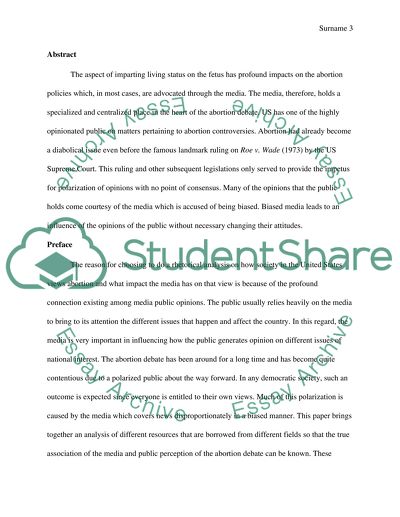Cite this document
(“A rhetorical analysis on How Society in the United States Views Research Paper”, n.d.)
A rhetorical analysis on How Society in the United States Views Research Paper. Retrieved from https://studentshare.org/english/1461208-a-rhetorical-analysis-on-how-society-in-the-united
A rhetorical analysis on How Society in the United States Views Research Paper. Retrieved from https://studentshare.org/english/1461208-a-rhetorical-analysis-on-how-society-in-the-united
(A Rhetorical Analysis on How Society in the United States Views Research Paper)
A Rhetorical Analysis on How Society in the United States Views Research Paper. https://studentshare.org/english/1461208-a-rhetorical-analysis-on-how-society-in-the-united.
A Rhetorical Analysis on How Society in the United States Views Research Paper. https://studentshare.org/english/1461208-a-rhetorical-analysis-on-how-society-in-the-united.
“A Rhetorical Analysis on How Society in the United States Views Research Paper”, n.d. https://studentshare.org/english/1461208-a-rhetorical-analysis-on-how-society-in-the-united.


